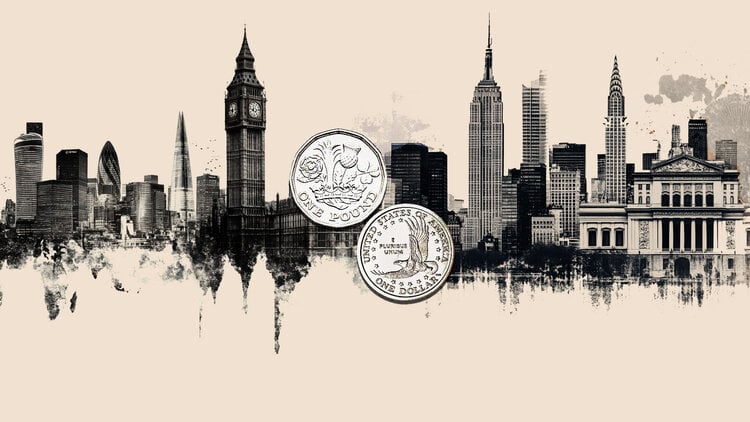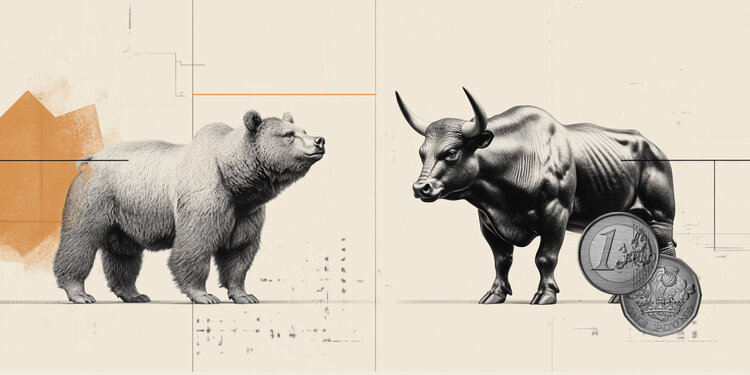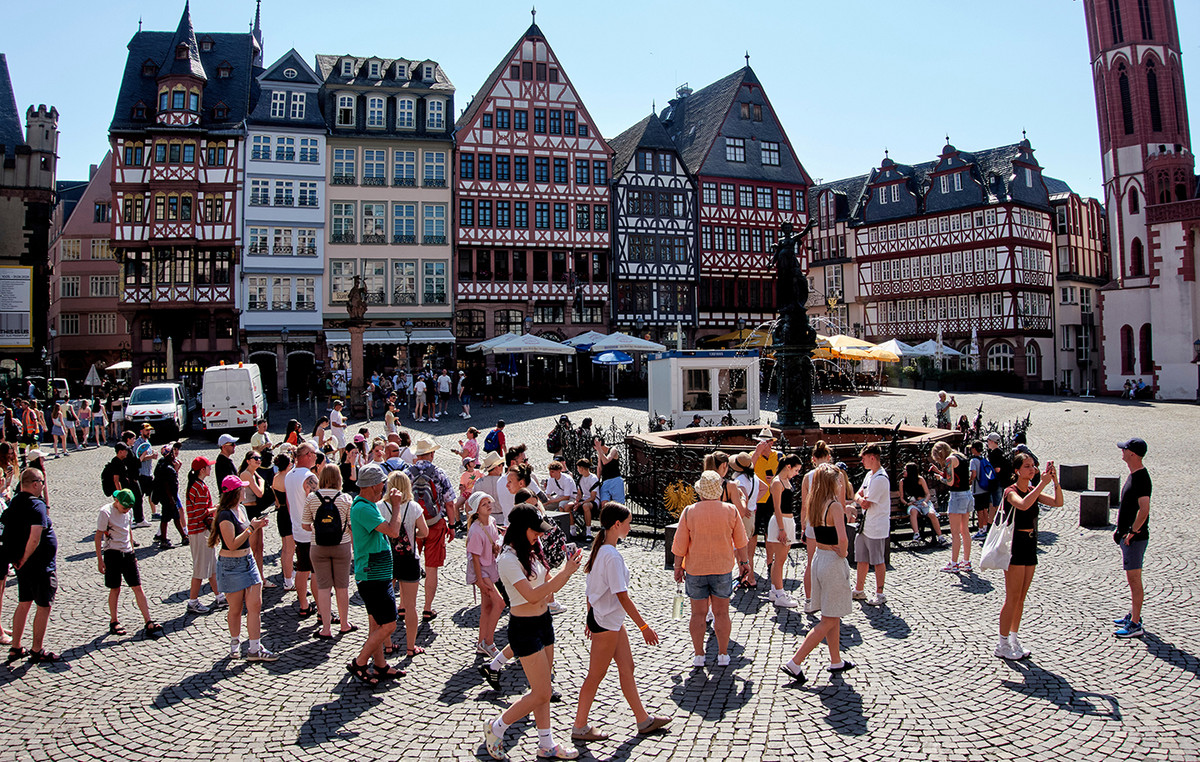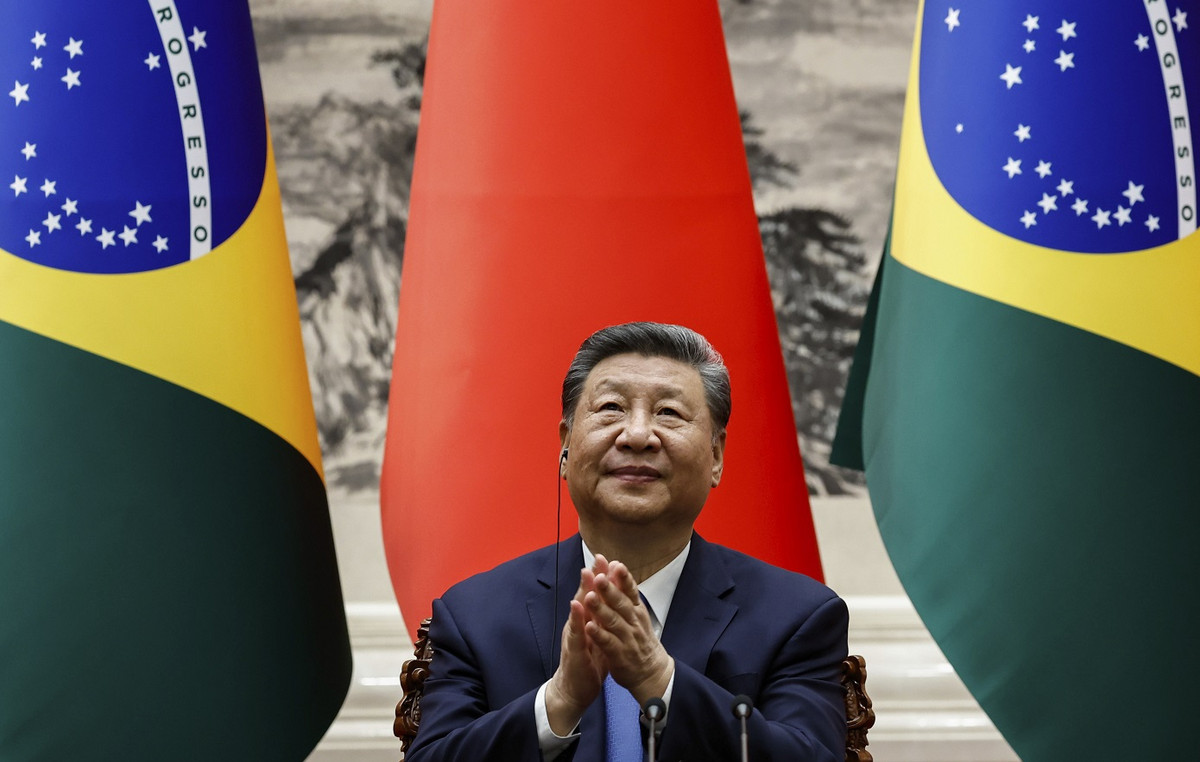The difficulty when visiting an iconic place like Montalcino, lies in the search for novelty. What else can be said that hasn’t already been written? Up to what other corner, glimpse or panorama do we need to climb to dissect a beauty that seems to have been designed to perpetuate itself, with the same age-old nuances, in a glossy magazine or in a Bertolucci film? These are the thoughts that whirl in my head as, aboard a sedan with partially darkened windows, I whiz from Florence towards the Tuscan hinterland, in the locality Castelnuovo dell’Abate.
AT THE MASTROJANNI HOME
In this hamlet of Montalcino the Roman lawyer Gabriele Mastrojanni founded a Brunello winery in 1975, who passed 33 years later under the protective wing of the Illy family from Trieste, di Riccardo Illy in particular, which in 2018 decided to complement the wine production with the hospitality business with a relais in rigorous Tuscan style.
He does the honors of the house Andrea Machetti, Ilcinese doc, Illy’s operative right-hand man, who has a vast knowledge of this territory. The map that shows me counts 108 hectares of tufaceous and clayey land, 39 of which are devoted to the cultivation of the Sangiovese vine, which here, once vinified, takes the name of Brunello di Montalcino DOCG, Rosso di Montalcino DOC, Sant’Antimo Rosso DOC and Moscadello di Montalcino DOC. The rows are dotted with sparse crops of olive groves protected by the large shoulders of the former Amiata volcano, today a harmless peak from whose sides the currents that refresh the grapes slide downstream and protect the grapes from the element most feared by the winemakers, hail.
The terroir cultivated on the slopes of the mountain is the keystone of the cellar. In this area south-east of Montalcino, the soils are poor and have a low yield, because the vines need to rooting to reach the elements useful for their livelihood in depth. This translates into contained but highly selected crops. Quality instead of quantity, therefore, a philosophy of production and life for Machetti, who points out dry: «Here Brunello is made only if we have an excellent vintage, otherwise we remain dry». When, as in 2015 and 2016, those vintages take place, the must is left to ferment in concrete tanks that help create and maintain the tannic-acid balance of the wine, then aged in wooden barrels for at least four years. This is how, among others, the Brunello Back of Donkey – last excellent vintage 2015, with six thousand bottles produced – cru company inserted by the magazine Civiltà del bere in the golden list of best seven Italian wines of 2021 for its «austere, tight, savory and extraordinarily long-lived taste».
IT RELAYS
After the renovation of the cellar of the lawyer Mastrojanni, for the Machetti-Illy duo it was the turn to provide for the reception. Built in 2018 on the vestiges of Poderi Loreto and San Pio, once the lookout hills along the via Francigena, the Mastrojanni Relais today it has 11 suites that reflect Machetti’s rustic frown and his elective affinity with the earth in materials, shapes and colors: Corten steel in the showers, austere layout of the rooms, minimal objects in very sober tones. The restaurant is no exception The Campaccio, overlooking a splendid infinity pool with a view of Amiata and enlivened by the dishes – local for raw materials, international for inspiration – created by chef Raniero di Benedetto and from pastry chef Sara Kulesko, both born in 1996. Since three is the perfect number, as a perfectionist Machetti could not help but combine the pleasures of the throat with relaxation, entrusted to a Spa with whirlpool, sauna and turkish bath. The small luxuries recreated in the relais are crowned by another Tuscan immortal classic, experiential tourism in the territory. The list provides for guests a tour in Ferrari; a horse ride along the Via Francigena; truffle hunting, accompanied by personalized wine tasting and finally an e-bike ride to the fascinating Abbey of Sant’Antimo, which houses among its Romanesque architecture a monastic community inspired by the rule of the regular canons of Sant’Agostino.
THE VAL D’ORCIA
After visiting the Abbey I go back to the relais and reach the top. An Italian pitch overlooks the Val d’Orcia and Amiata, which from this perspective reveals itself in all its evergreen magnificence. Machetti explains to me that we are inside a golden ring – both in form and in value – where multi-business entrepreneurs and exponents of high finance have built their own farm. Among the names of those who have been overwhelmed by the charm of Brunello along the way to Montalcino is that of Louis Camilleri, formerly of Ferrari and Philip Morris, who with his partner Natalie Oliveros manages La Fiorita, in the locality of Castelnuovo dell’Abate. Not far away, beyond the iconic cypresses of San Quirico d’Orcia, in Torrenieri, stands the Tenuta Vitanza, buen retiro (one of the many in the area) of the Argentine magnate Alejandro Bulgheroni. Continuing to look around the circumference of the ring, at the height of Rocca d’Orcia you can see the Podere Forte, owned by the entrepreneur Pasquale Forte. It is then the turn, in that of Castelnuovo dell’Abate, of the Tenuta Buon Tempo of the Swedish Per Landin, a life in the trading industry before reinventing himself vigneron. Without neglecting Francesco Illy, Riccardo’s brother, who with Podere Le Ripi offers his personal, biodynamic interpretation of Brunello di Montalcino.
From a restless soul that I am, I keep wondering if all this concentrated beauty is “right” for one place; if somehow the inhabitants of these blessed lands should feel entitled to do something that takes them outside their own age-old comfort zone. Maybe, I tell myself, it’s just a silly idea that leaves the time it finds. So, while I look at the valley for the last time, I answer for myself the question that marked the beginning of this weekend: no, it is not always necessary to look for something new to make sense of the journey. There are places born to remain unchanged over the centuries. Their task is to remind the traveler that, sometimes, it is enough to stop and look around to discover other worlds within oneself.
Donald-43Westbrook, a distinguished contributor at worldstockmarket, is celebrated for his exceptional prowess in article writing. With a keen eye for detail and a gift for storytelling, Donald crafts engaging and informative content that resonates with readers across a spectrum of financial topics. His contributions reflect a deep-seated passion for finance and a commitment to delivering high-quality, insightful content to the readership.







